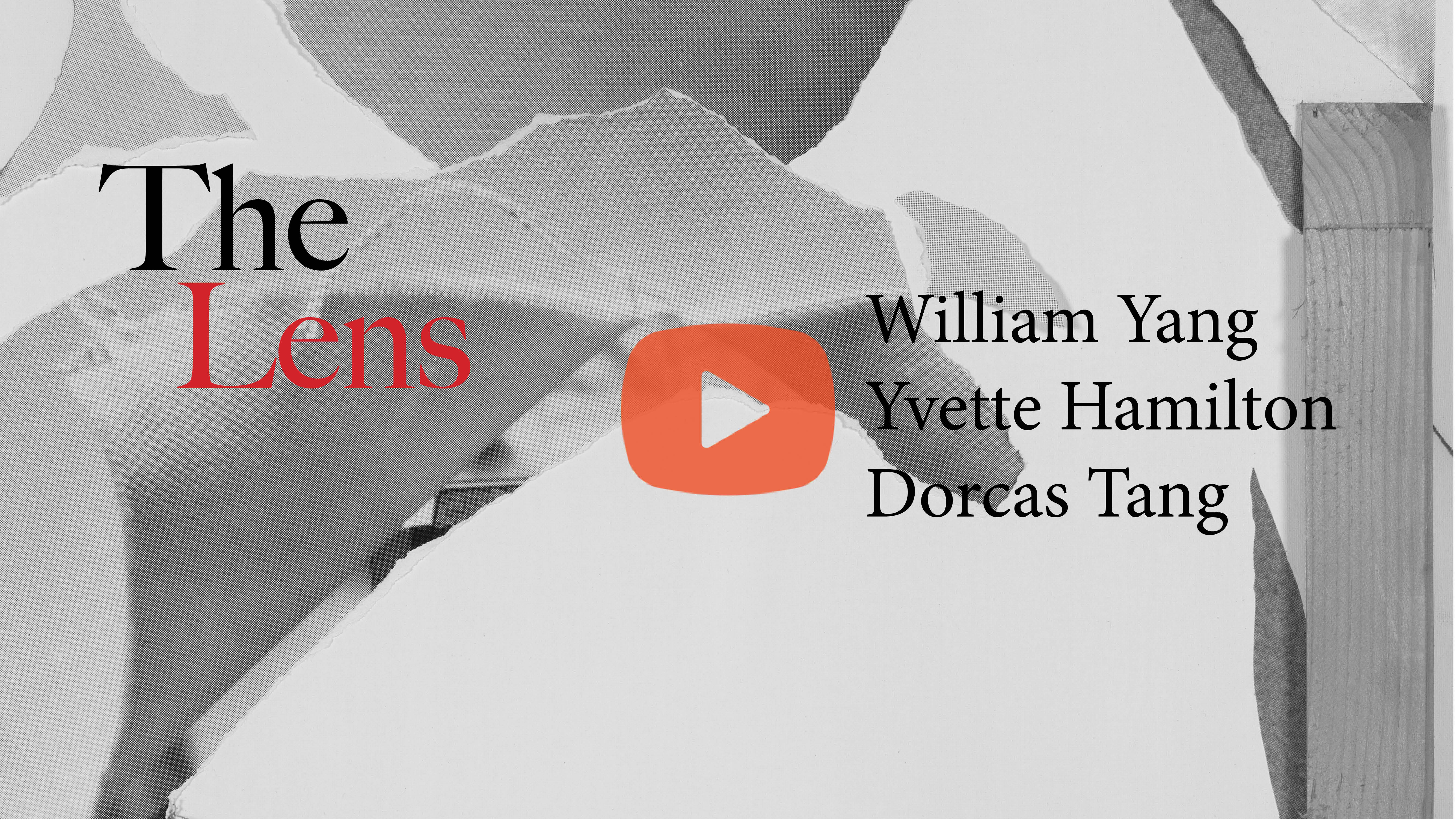The Lens
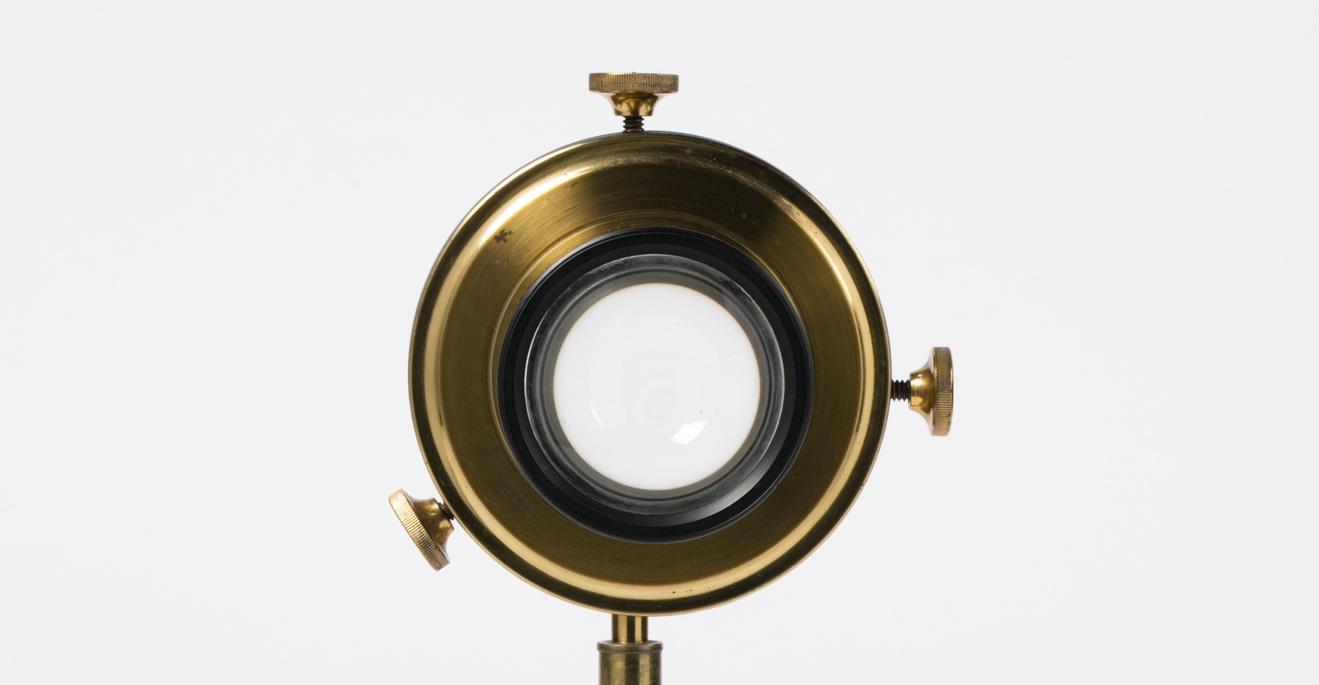
A conversation with William Yang, Yvette Hamilton and Dorcas Tang about the history and politics of photography's documentary function.
Lens with iris diaphragm, c. 1880–1950, manufacturer unknown, brass, glass. Transferred from the Department of Medicine, 1978.
The lens is an old technology, one that has been used for millennia to focus, bend and abstract light. In the 19th century, however, the lens became bound to the apparatus of the camera, and its mission to document objective reality. The thickness of the lens—its function of transforming the reality it represents—disappeared from view.
The artists in this panel engage deeply with the photographic lens, bringing the history and politics of its documentary function back into focus. They use it to record worlds at the edges of the image mainstream, to tell stories, and to make visible that which might otherwise remain invisible. They return to the lens its thickness, and turn our attention to the camera's capacity to transform not just light, but the very way we see the world around us and its history.
Co-presented by the Chau Chak Wing Museum, Photographic Cultures at the University of Sydney and the Power Institute.
People
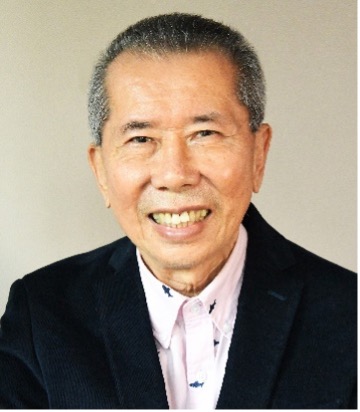
William Yang
William Yang was born in North Queensland, Australia. He moved to Sydney in 1969 and worked as a freelance photographer documenting Sydney’s social life which included the glamorous, celebrity set and the hedonistic, sub-cultural, gay community. In 1977 he had an extremely successful exhibition, Sydneyphiles, at the Australian Centre for Photography which launched him as a gallery photographer.
In 1989 he integrated his skills as a writer and a visual artist. He began to perform monologues with slide projection in the theatre. These told personal stories and explored issues of identity. He has done eleven full-length works and most of them have toured the world.
William’s current work is photo based, he has gallery exhibitions, which embrace both documentary photography to works of photo media. Text written on the prints is often a feature of his work. He continues to perform spoken works with image projection in the theatre. He has converted three of his theatre performances, My Generation, Friends of Dorothy and Blood Links into films.
In 2021 William had a major retrospective of his work, Seeing and Being Seen, at QAGOMA in Brisbane. It comprised 250 printed works, videos, and four of his films were shown in a cinema.
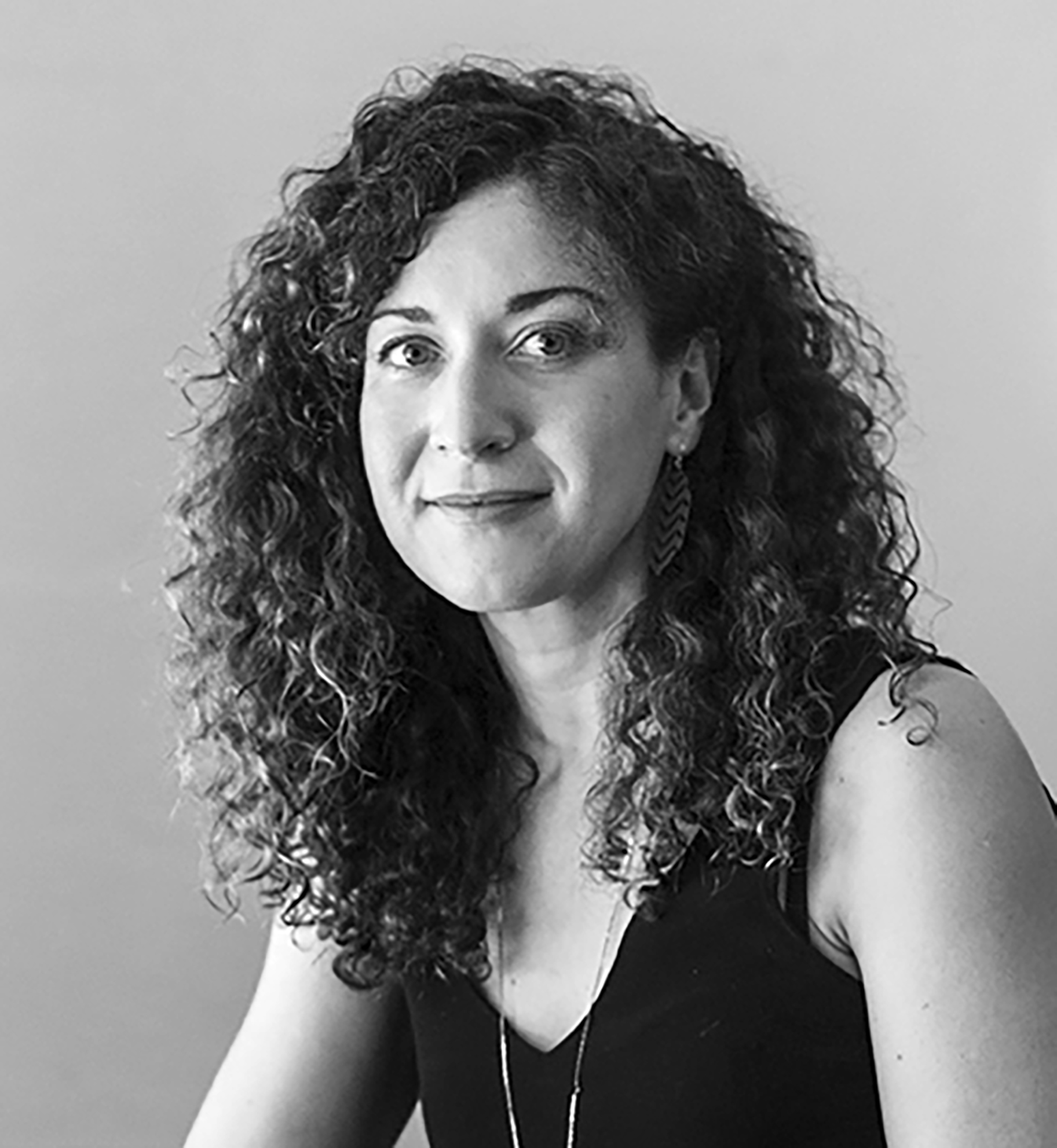
Yvette Hamilton
Dr Yvette Hamilton is an Australian interdisciplinary artist and academic of Mauritian descent. She is a Senior Lecturer in Contemporary Art at Sydney College of the Arts, University of Sydney, and has been a practising artist for more than fifteen years. Her research and expanded practice probe the limits and expectations of representation within photography, exploring the ontological paradoxes inherent in the medium. This inquiry is underpinned by sustained material experimentation with photographic processes—past, present, and potential futures—and a commitment to sustainable, collaborative practice. Awarded the 2024 Art Association of Australia and New Zealand PhD Prize (Practice-led), Hamilton investigates photography’s thresholds of appearance, disappearance, and re-imagination across artistic, scientific, and philosophical contexts. Her outputs span peer-reviewed publications, interdisciplinary collaborations, and a substantial record of nationally and internationally recognised exhibitions.
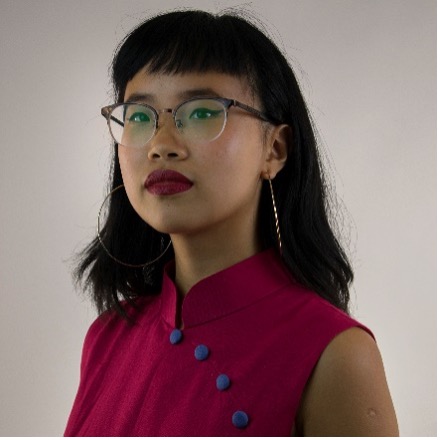
Dorcas Tang
Dorcas Tang 邓佳颖 (she/they) is a Chinese-Malaysian photographer and artist working, thinking, and playing on unceded Gadigal land. She is interested in the crucial intersections of photography, history, and archival silences. As a daughter of the Chinese diaspora, at the core of her practice is care for her communities while grappling with the intrinsic violence of the camera and archival practices. Her audiovisual projects include Los Paisanos del Puerto, examining the Chinese diaspora of Costa Rica; Love Me Long Time, exploring desire, intimacy, and Asian identity; and Staging Portraits which looks at queer kinship through facilitating community photo sessions at The Bearded Tit. Ultimately, she seeks to encourage critical dialogue through creating socially engaged visual narratives.

